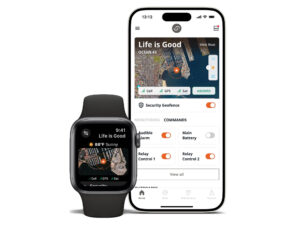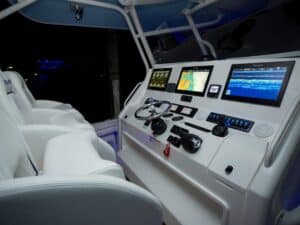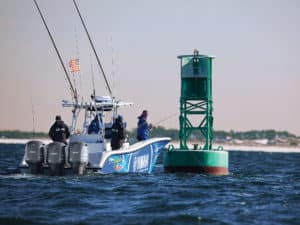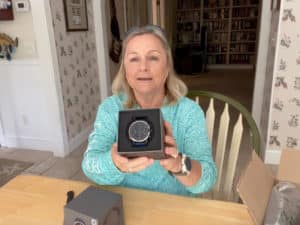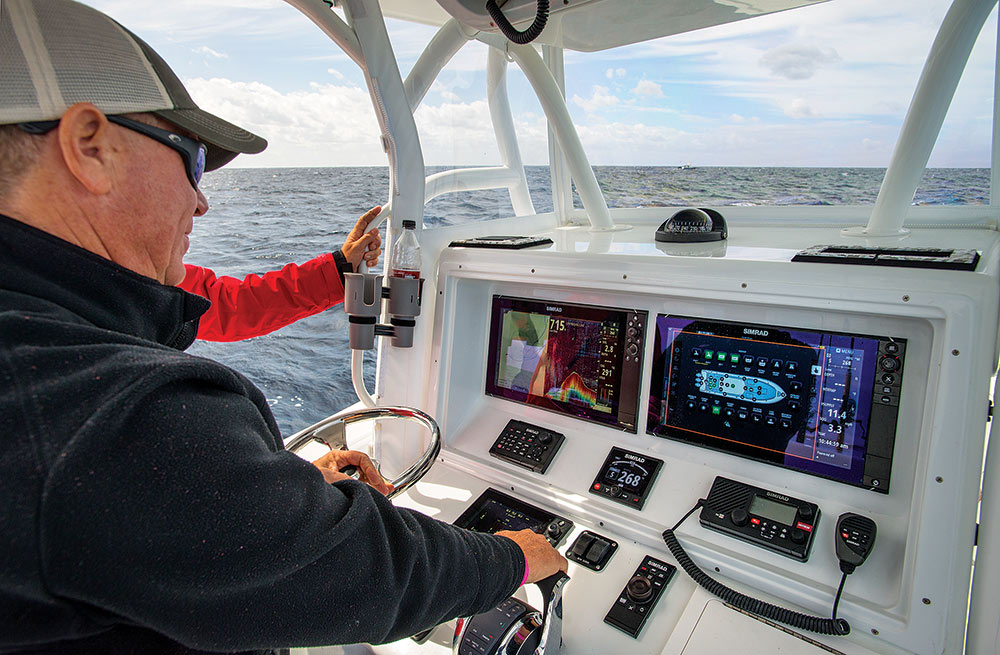
Most anglers would agree that today’s onboard fish finders look pretty amazing. But why can’t they look as perfect as the HD TV in your living room?
Oh, where do we begin?
• Sunlight and glare
• Polarized sunglasses
• Damp, salty conditions
• Extreme heat and cold
• Heavy shock and vibration
The environment for the average multifunction display as well as the small size of the marine retail market create challenges for electronics engineers. But know this: The companies that make our fish finders have performed miracles, taking industrial-grade LCD screens and creating superb waterproof displays.
Though slightly behind the trends in consumer electronics such as TVs, tablets and smartphones, our onboard electronics continue to morph and improve. In recent months, the technology touted several years ago by Apple and others for tablets — in-plane switching, or IPS — has been marinized and gained a foothold in our harsh realm.
In addition, display brightness, glare reduction and screen engineering have improved, all to provide crisp sonar, radar, and chart views to selective and astute boating anglers.
It’s Twisted
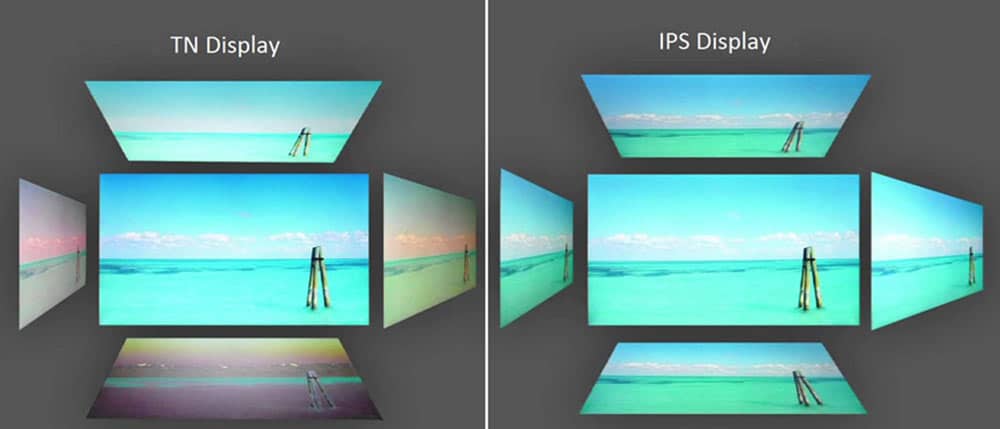
IPS-display technology first appeared in 1996, when it was developed by Hitachi to solve the problems inherent in most common LCDs that use a twisted-nematic, or TN, design. Those problems included the TN’s reduced viewing angles — difficulty seeing the screen from either side, above or below — and color reproduction.
(By the way, ask anyone exactly what “twisted nematic” means or what “in-plane switching” means, and the engineering jargon thickens. So we’ll skip the jibber-jabber.)
“Once you start looking more than 50 degrees off-center on a twisted-nematic display, you start seeing color inversion,” says Steve Thomas, Simrad product line director. Color inversion simply means the colors swap, almost like a photo negative. “It is also harder to maintain color consistency from display to display.”
Simrad recently debuted a new line of multifunction displays, called evo3, that employs IPS screens. Its sister company, Lowrance, debuted HDS Carbon with IPS. Garmin offers its 8600 models with IPS, and Raymarine’s new 12-inch Axiom — and its brand-new Axiom Pros — also feature the new-to-marine technology.
Price Points
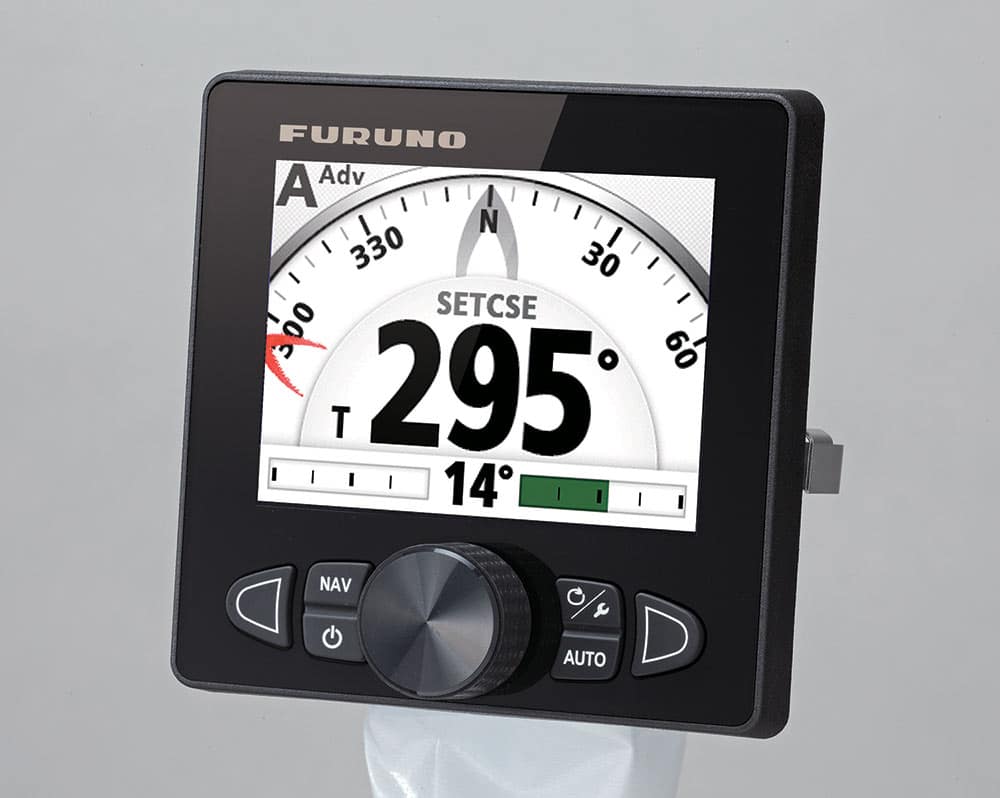
Furuno uses IPS in marine monitors and for its NavPilot 711C autopilot and FI70 instrument series.
The allowable viewing angle for IPS is stated by several manufacturers at 88 degrees from center. The contrast ratio is also better, “so the color looks not only brighter but more saturated as well,” Thomas says. “People are seeing details in the bottom structure, seeing more detail in the fish arches and on the charts.”
But while everyone agrees that the popularity of IPS will grow because it does offer some benefits, not everyone believes that the visible difference — from the viewer’s perspective — is overly compelling, particularly since it still costs more than TN.
In fact, Raymarine’s smaller 7- and 9-inch Axiom MFDs feature a TN panel but still affirm 70-degree viewing angles from the bottom, right and left, and a 60-degree viewing angle from the top. At some point along the viewing arc, the angler can’t interpret or read the screen.
Humminbird’s new Solix MFDs use twisted-nematic LCDs. “It’s a value proposition,” says Humminbird brand manager Ray Schaffart. “We could decide to go that route when we think the value is there. We haven’t heard anything that made us want to switch over to that. We’ve focused our technology on meeting the needs of anglers.”
Polar Factor
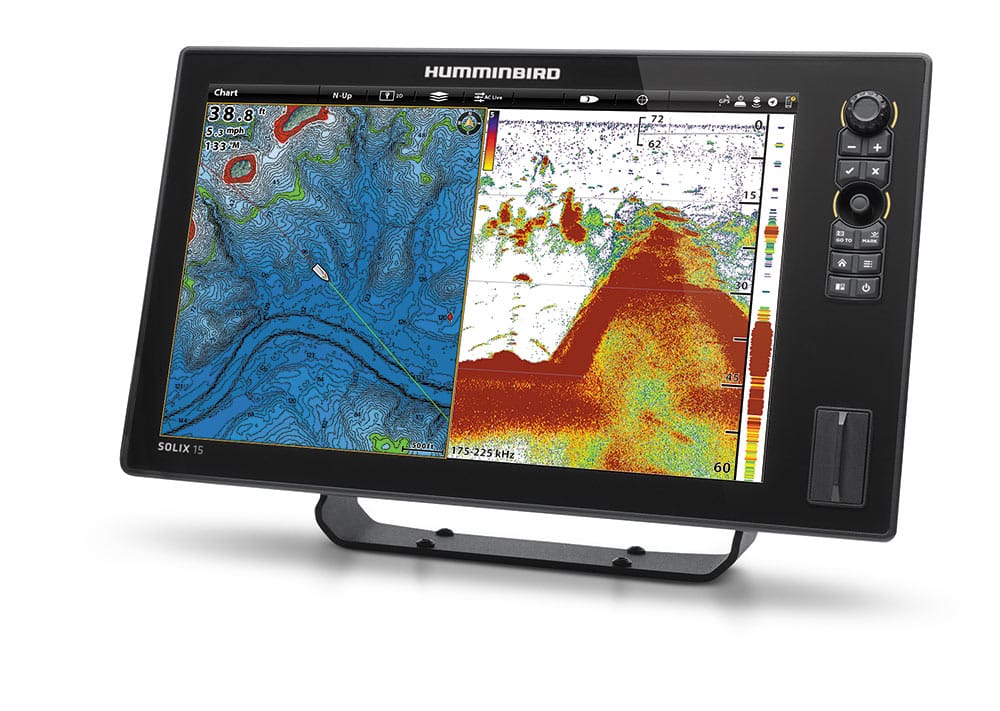
Humminbird also puts more of a stake in brightness; the company’s newest multifunction displays are rated at 1,500 nits. The industry standard is 1,200 to 1,500. “Screen brightness is the one factor that can fight polarization the best. If the screen is so bright, it doesn’t matter how polarized the glasses are,” says Justin Freeman, Humminbird product designer.
Polarization remains a bugaboo with any sort of display screen, whether it’s IPS or TN, says Raymarine marketing manager Jim McGowan. Multifunction-display makers use polarizing film as a layer within the display screen to reduce glare. But when anglers wear polarized sunglasses and look at a display, the screen sometimes blacks out at different angles.
Some say IPS maintains an advantage in that scenario: Where you might tilt your head at only a slight angle to experience blackout using sunglasses to view a TN screen, Thomas says, you’ll have to tilt your head farther to see the same effect from an IPS display.
Optical Improvements
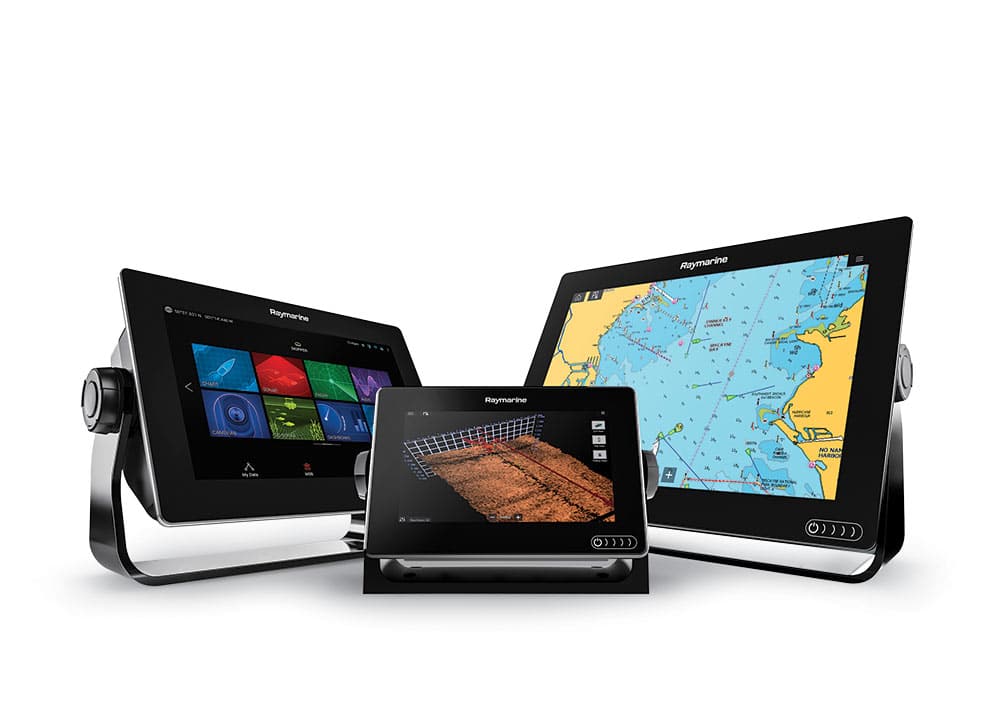
“Polarization really is a very complicated game of billiards, only played with light,” McGowan says. “The game is to throw unwanted light away from the eye.”
Sunglasses makers design lenses to be vertically polarized to cut the glare from the water’s surface, McGowan says. “We make sure the image coming out of the MFD is anything other than vertically polarized.”
All LCD panels must be lit from behind to display data. Today’s units use LED backlighting; previously they used fluorescent light. LEDs offer improved energy efficiency and generate less heat.
Today’s displays also feature optical bonding. “We take the LCD panel and glue it to the front glass window using optical-grade clear epoxy,” McGowan says. “The air gap between LCD and window is completely filled. … Without the epoxy, there is technically a refraction of the light every time it passes through a different medium,” such as LCD glass, air gap, polarizing film, front window glass. “Bonded displays have colors that look really, really vibrant. The overall look is exceptionally crisp.”
Racing Ahead
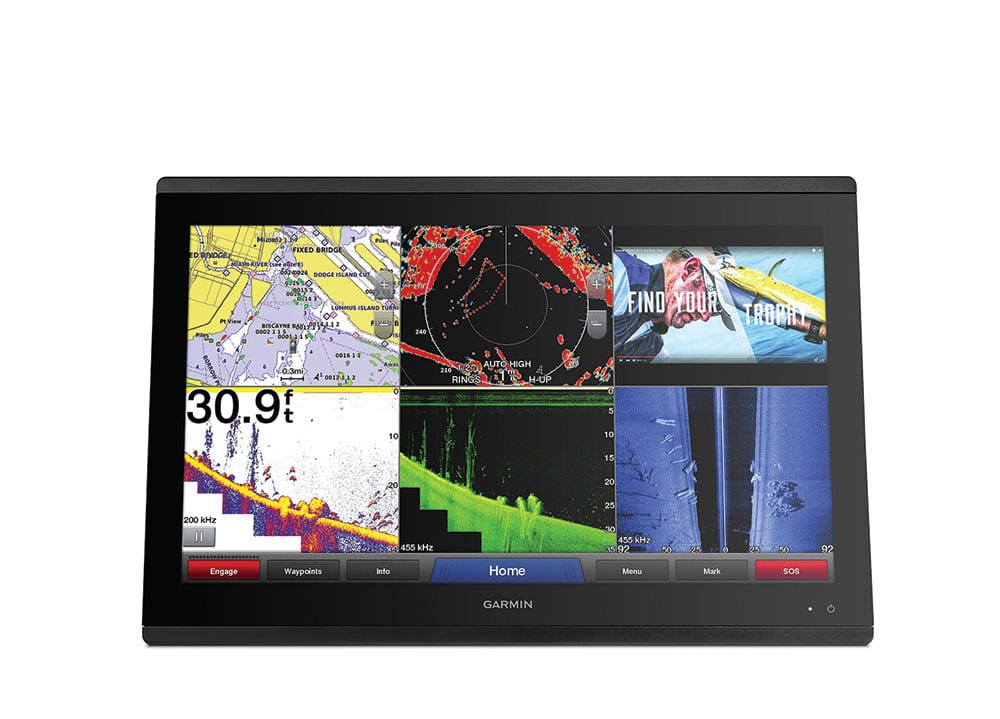
With all of these advances in marine displays, as well as stunning technological changes in sonar and radar technology, anglers definitely see an improved picture at the helm.
“If a product is properly engineered, designed and planned out, the display technology used really should not be a thought or concern of the end user,” says Jeff Kauzlaric, Furuno advertising and communications manager.
Kauzlaric says there’s a place for both IPS and twisted-nematic designs going forward; Furuno determines the best technology for the application. In addition, expect to see an enhancement in Furuno’s next version of TZtouch2 software that creates a viewing-angle menu selection. Anglers will be able to adjust the color temperature of the LCD to make it easier to see the display from any angle.
And the race toward electronics progress continues.

